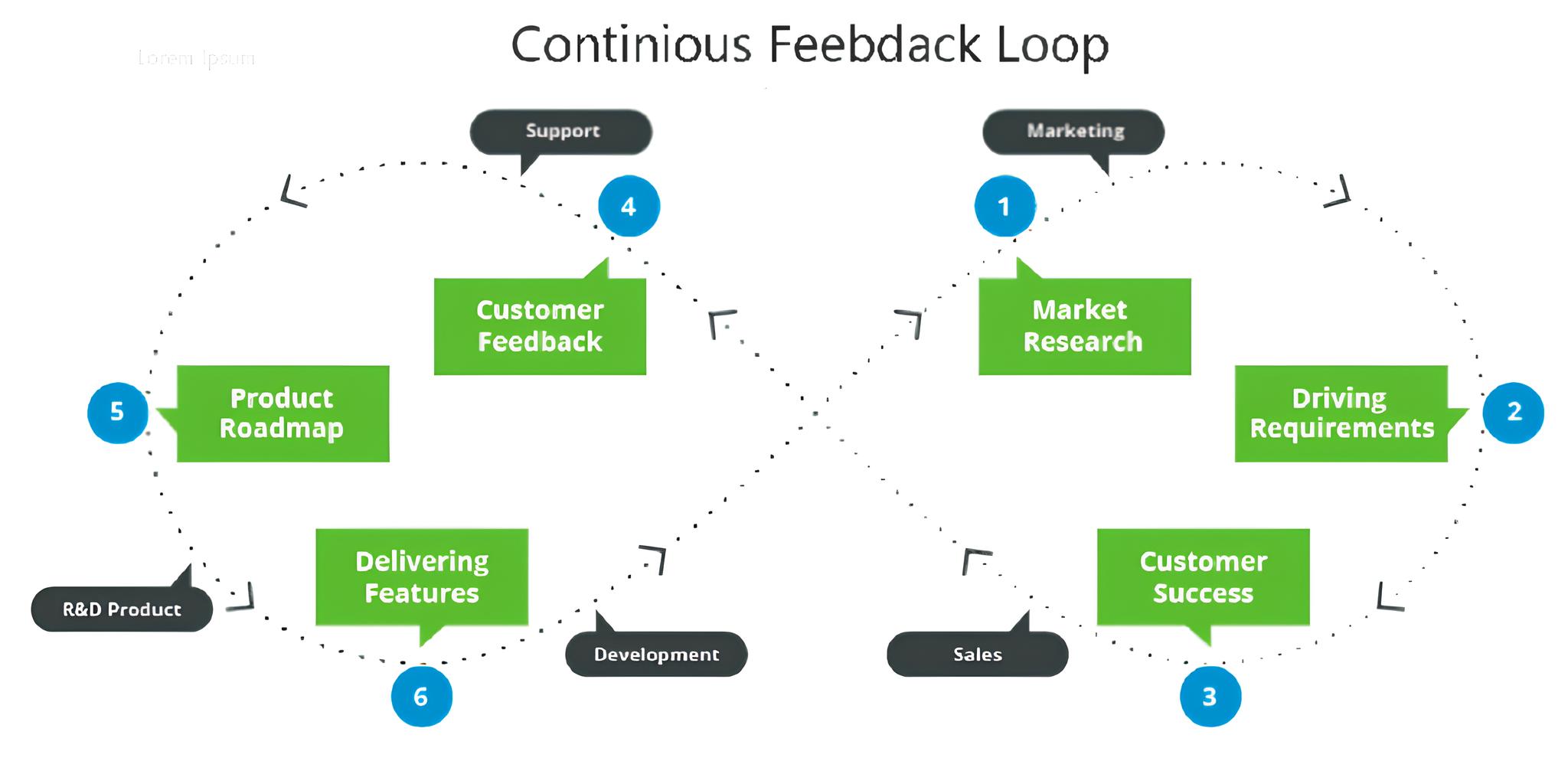The Psychology of User Experience: Unveiling the Secrets of Seamless Interaction
- 1 Psychology of User Experience
- 1.1 1. Understanding Human Behavior: The Foundation of UX Design
- 1.2 2. The Power of First Impressions: Visual Appeal and Beyond
- 1.3 3. Building Trust through Transparency and Consistency
- 1.4 4. Emotional Design: Forging Connections Beyond Functionality
- 1.5 5. Feedback Loops: Guiding Users through Interaction
- 1.6 6. Accessibility: Designing for Inclusivity and Empathy
- 1.7 7. Balancing Act: The Threat of Auto Clickers to User Experience
- 2 Conclusion: The Art and Science of Seamless Interaction
In the ever-evolving landscape of digital technology, the user experience (UX) has become a cornerstone for the success of any digital product or service. Beyond the pixels and code, the seamless interaction between users and digital interfaces is deeply rooted in the psychology of how humans perceive and engage with the digital world. In this article, we will delve into the intricacies of the psychology of user experience, unveiling the secrets that contribute to creating a seamless and intuitive interaction.
Psychology of User Experience
1. Understanding Human Behavior: The Foundation of UX Design

At the heart of UX design lies a profound understanding of human behavior. Every click, scroll, and tap is a manifestation of human cognition, and successful UX designers grasp the intricacies of how users think and interact. The principles of psychology, such as cognitive load and visual perception, play a pivotal role in crafting interfaces that align with the natural flow of human thought.
For instance, the limited capacity of working memory suggests that presenting users with too much information at once can lead to cognitive overload, hindering their ability to process and retain information. UX designers leverage this insight by presenting information in digestible chunks, ensuring a smoother cognitive process for users.
2. The Power of First Impressions: Visual Appeal and Beyond
The saying, “you never get a second chance to make a first impression,” holds true in the digital realm. The visual appeal of a digital interface significantly influences users’ initial perceptions and subsequent interactions. Colors, typography, and visual hierarchy are carefully chosen elements that create an aesthetically pleasing and welcoming environment when aligned with psychological principles.
Beyond visual aesthetics, the psychology of first impressions extends to the overall usability of an interface. A cluttered or confusing layout can deter users from exploring further, emphasizing the importance of clear navigation and intuitive design in creating a positive initial encounter.
3. Building Trust through Transparency and Consistency
Trust is a cornerstone of a successful user experience. Users must feel confident in their interactions with a digital interface, and this confidence is fostered through transparency and consistency. When users understand how a system works and can predict the outcomes of their actions, a sense of control and trust is established.
Consistency in design elements, such as buttons, icons, and navigation patterns, contributes to a sense of familiarity. Users appreciate predictability, and a consistent design language across an application or website minimizes confusion, empowering users to navigate easily and confidently.
4. Emotional Design: Forging Connections Beyond Functionality
Emotional design emerges as a powerful tool in the pursuit of seamless interaction. Emotional design involves considering and evoking emotional responses from users through design elements. Whether it’s the joy of successfully completing a task or the satisfaction of exploring a visually pleasing interface, emotions deeply influence the user experience.
The psychology of emotions in UX design extends to understanding user personas and tailoring interfaces to resonate with specific target audiences. For instance, a finance app might aim for a sense of security and trust, while a gaming platform may prioritize excitement and entertainment.
5. Feedback Loops: Guiding Users through Interaction
Feedback is an integral part of human communication, and in UX design, it serves as a guiding force for users. Whether through visual cues, sound effects, or haptic feedback, providing users with immediate and clear feedback reinforces their understanding of the interface’s response to their actions.
The psychology of feedback loops aligns with the principles of operant conditioning, where positive reinforcement enhances the likelihood of desired behaviors. UX designers strategically employ feedback mechanisms to guide users, creating an intuitive and responsive interaction environment.
6. Accessibility: Designing for Inclusivity and Empathy
The psychology of user experience extends beyond aesthetics and functionality to embrace inclusivity and empathy. Designing with accessibility in mind ensures that digital interfaces cater to users with diverse needs and abilities. By understanding the challenges faced by users with disabilities, designers can create interfaces that prioritize inclusivity and enhance the overall user experience for everyone.
Empathy-driven design involves putting oneself in the user’s shoes, considering their perspectives, limitations, and preferences. This human-centric approach fosters a deeper connection between the digital product and its users, transcending the transactional nature of digital interactions.
7. Balancing Act: The Threat of Auto Clickers to User Experience
While the psychology of user experience focuses on creating seamless and positive interactions, it is essential to address external factors that can disrupt this delicate balance. One such threat is the use of auto clickers, automated tools that simulate user interactions. Though intended for efficiency, these tools can lead to skewed analytics, undermine the integrity of user feedback, and potentially compromise the user experience by creating artificial interactions.
In the quest for genuine engagement and meaningful user interactions, it’s crucial for designers to be aware of the potential impact of auto clickers. Striking a balance between efficiency and authenticity ensures that the psychological principles underpinning user experience remain robust and effective.
Conclusion: The Art and Science of Seamless Interaction
In the realm of digital design, the psychology of user experience weaves together the art and science of creating seamless interactions. From the initial visual appeal to the nuanced understanding of human behavior, each element contributes to a holistic user experience that goes beyond mere functionality.
Successful UX design is not a one-size-fits-all endeavor; it’s an ongoing process of iteration and refinement driven by a deep appreciation for the intricacies of human psychology. By unveiling the secrets of seamless interaction, designers empower users to engage with digital interfaces intuitively, leaving a lasting impression that transcends the pixels on the screen. As technology advances, the fusion of psychology and design will play an increasingly pivotal role in shaping the digital experiences of tomorrow.



















